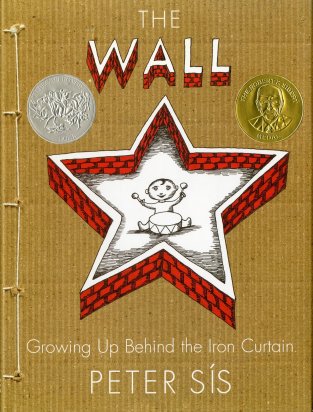I remember being young and watching the land before time and immediately thinking talking dinosaurs exist. There is no doubt in my mind that students who come into your classroom have inaccurate images of the past in their minds. I do not want to be the teacher to stand up at the front of the room and just tell them what they should be seeing, but instead I want them to think critically for themselves and inquire about the questions and wonders they may have. This will allow students to have a better basis upon which to make sense of their own lives. This is why it is so crucial to teach students to think historically. When Faulkner points to the fact that the past suffuses every part of our lives; it is embodied in our streets, buildings, our schools, our personalities, our government, and our ideas, it definitely challenged my thinking process a bit. So many times I say “oh it is in the past, we must move forward” but I now see that it is never completely gone. The past shapes everything we are, everything we do. The past is, as Faulkner said, not even past. However, to find out about the past and think historically is no easy matter.
There are elements to consider when teaching historically. One is significance. This is where teachers, students and researchers make distinctions between the historically significant and the historically trivial. Another element is evidence. This is where students need to learn which of these grounds are better to rely on than others. A third is Continuity and change. This includes the interaction between the concepts of change and continuity raises a host of problems for students’ historical thinking. When thinking historically students may confront the differences of the past, however, they may naturally (and mistakenly) assume that people living in different circumstances nevertheless thought in ways essentially similar to themselves. The error of “presentism” is a failure to realize how much they don’t know about the past.
Every child is different. Students from varying ethnic groups and/or social contexts have been shown to understand historical significance in differing ways. I would love to strive towards implement this richer vision of social study teaching. A lot of assumptions are wrong and require critical analysis and communication.



